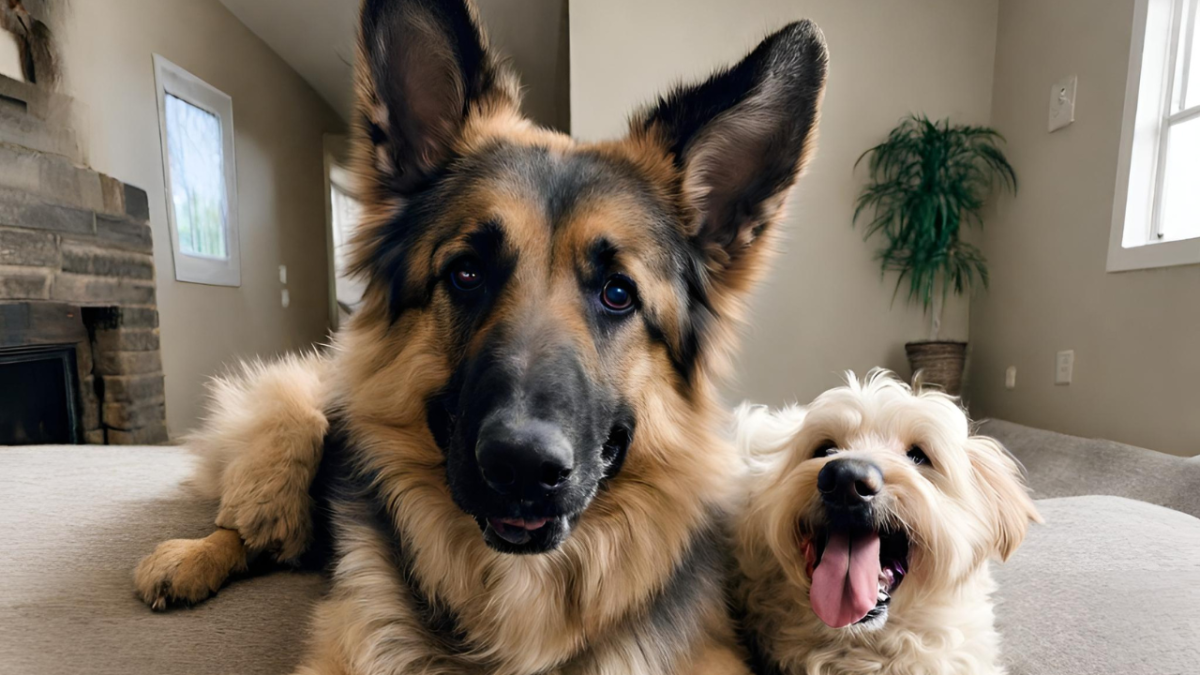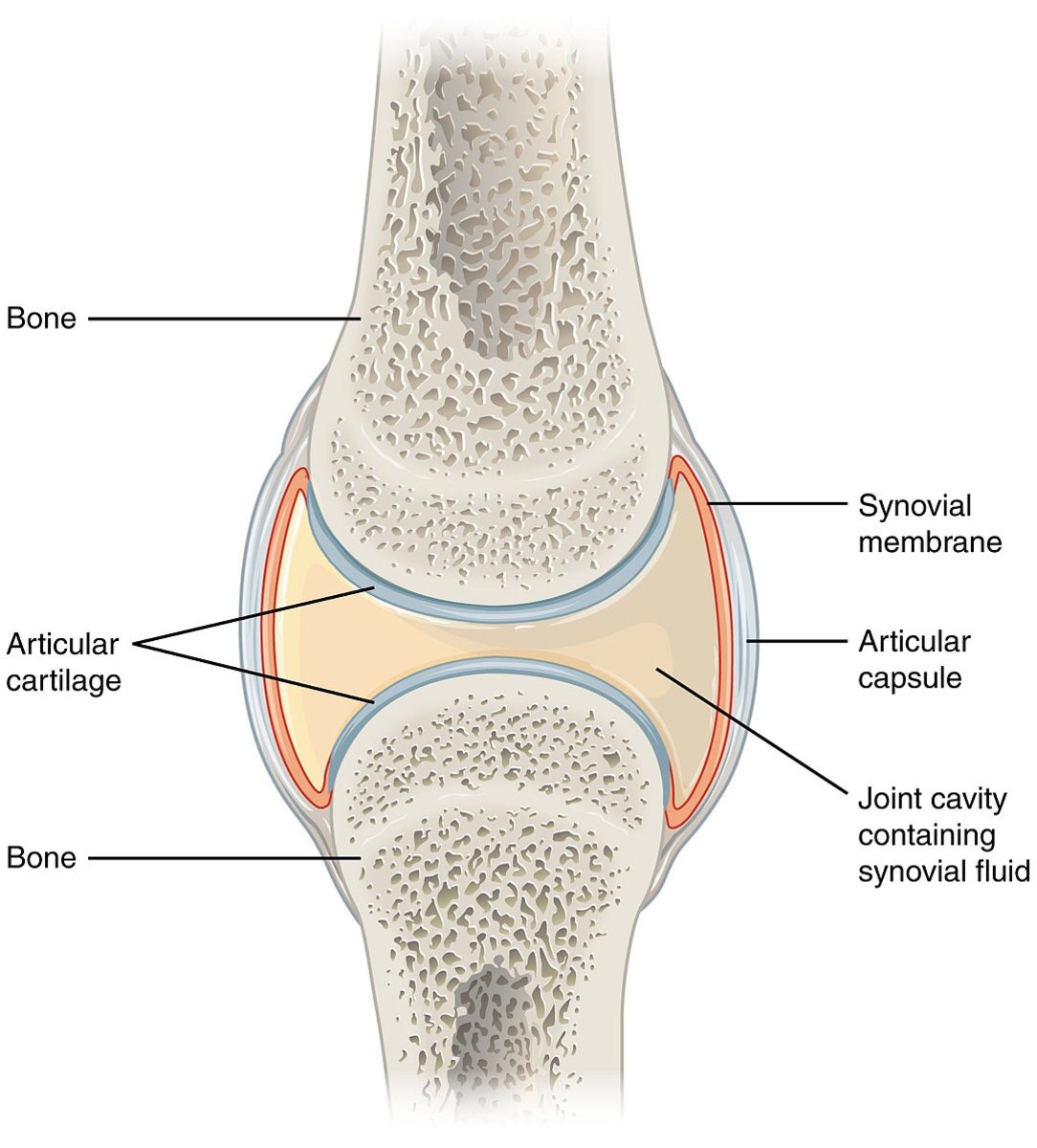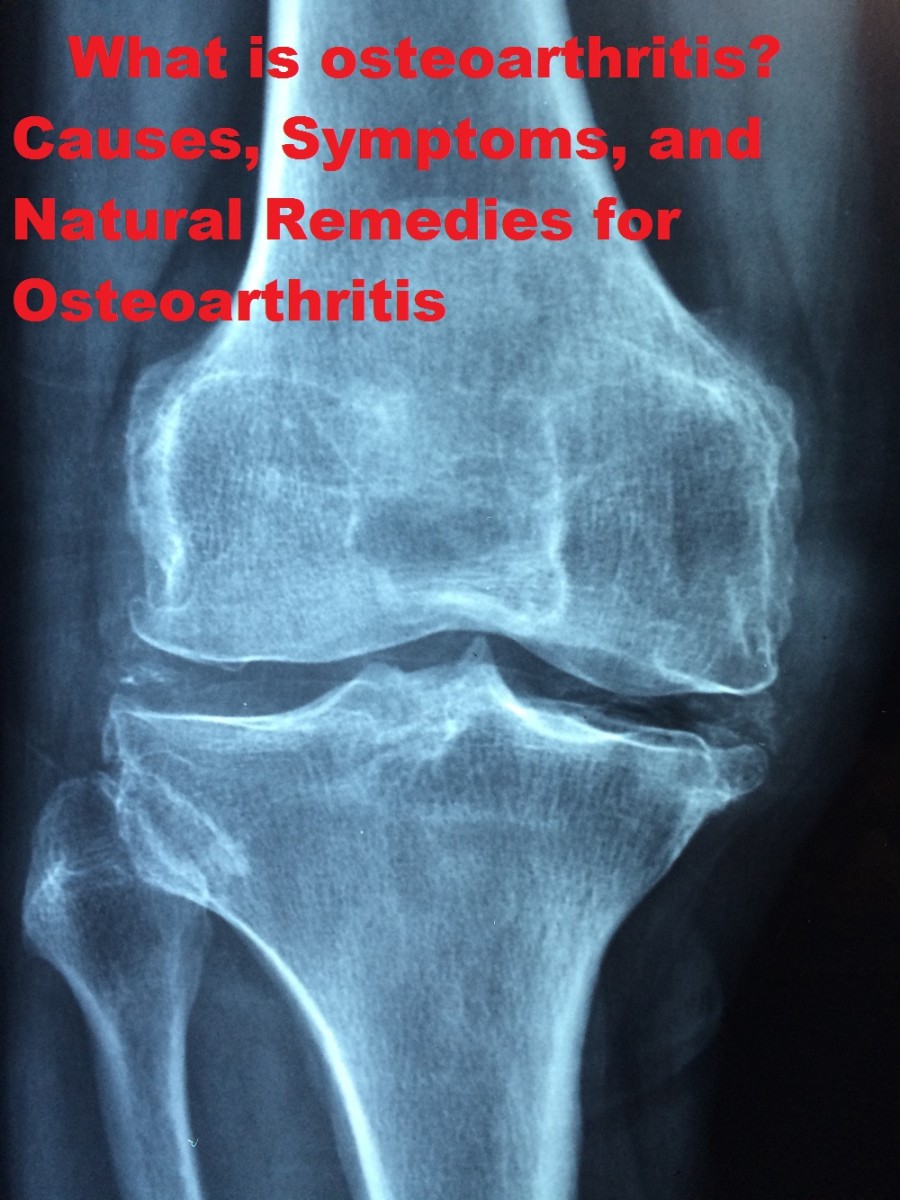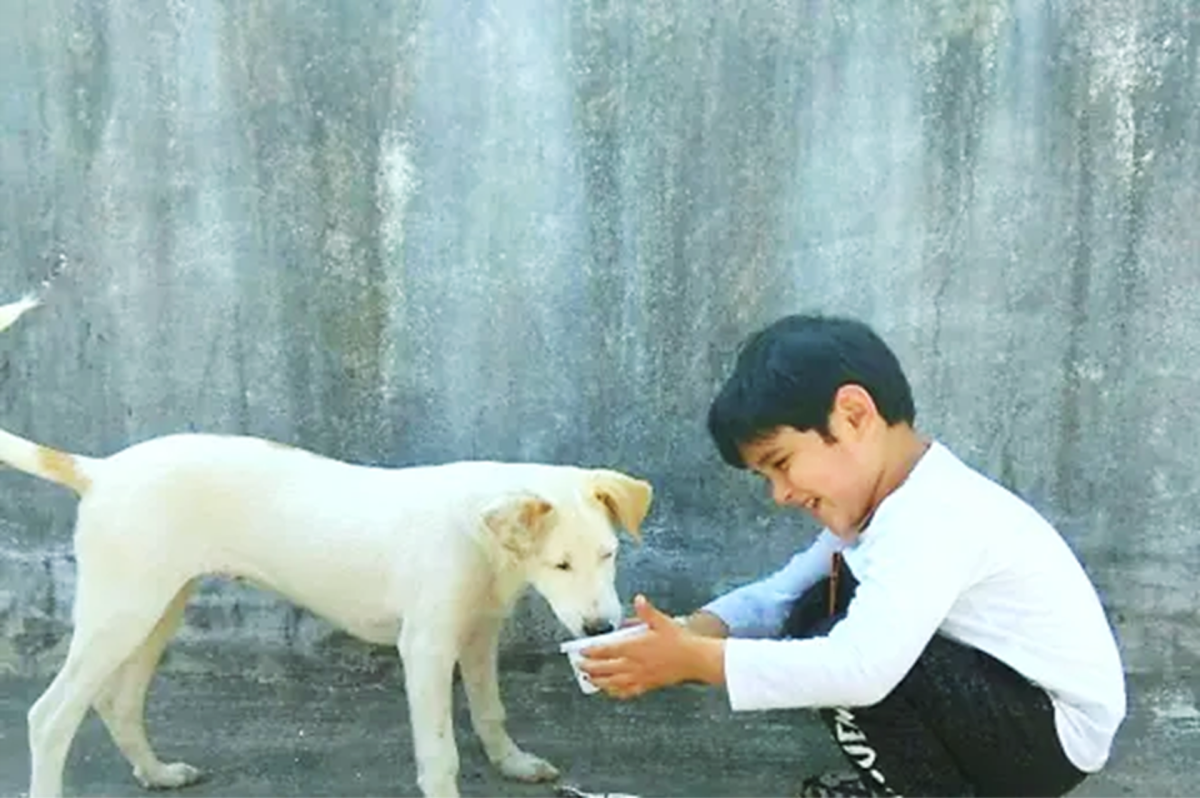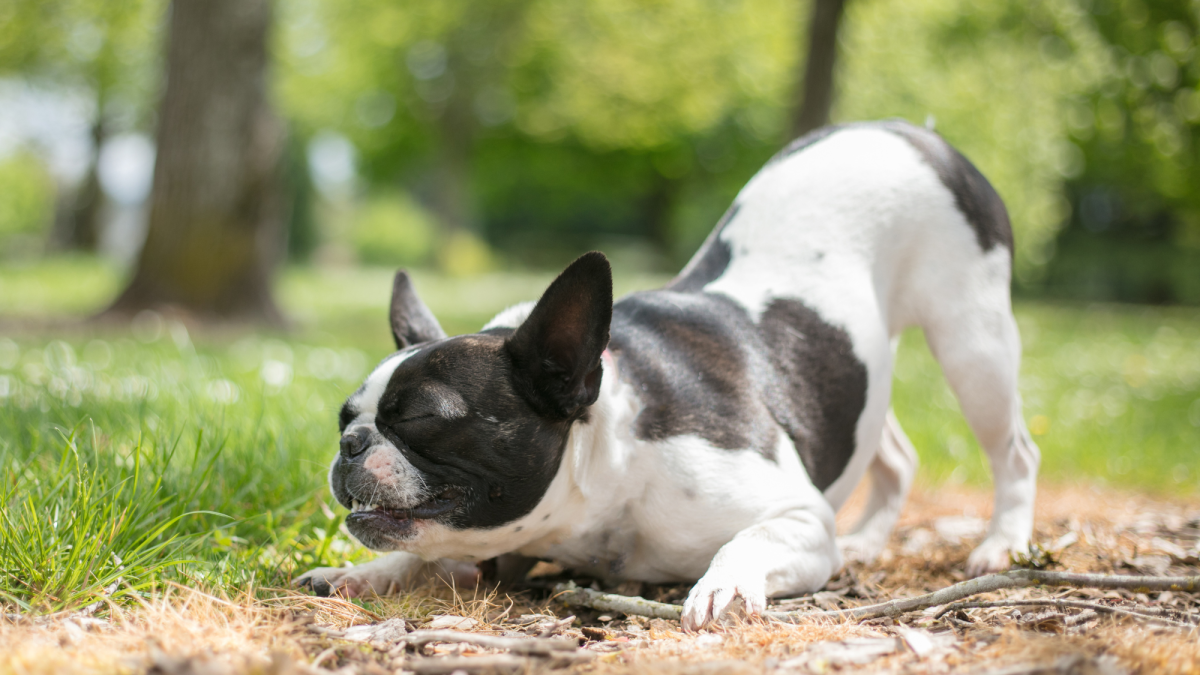Managing arthritis in older dogs
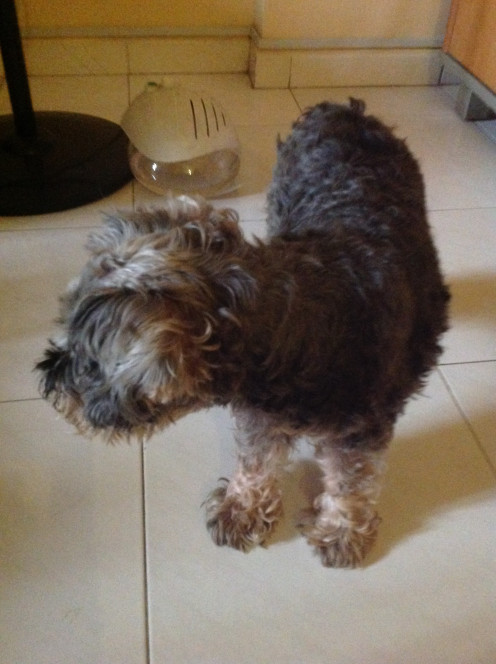
By Michelle Liew Tsui-Lin
A little trembling on the limbs of my older schnauzer, Misty, signaled that a trip to the vet's was in order.
Having had a neurological breakdown about a year earlier, this was another routine health check for her.
I mentioned her shaking limbs to the vet, and Misty was diagnosed as having the signs of aging and arthritis. The diagnosis didn't surprise me. After all, Misty is almost 13 years of age.
Canine arthritis occurs the same way in both pets and, perhaps, their owners as well. If you have a dog, chances are that you will have to manage this slightly debilitating condition someday.

Causes of arthritis in older dogs
More research has been done on humans than on dogs where arthritis is concerned. Fortunately, the processes that contribute to this painful condition are the same in both dogs and humans.
Joint Changes
Hyaline cartilage covers most joints. This allows joints to be more flexible. Having a rubbery consistency, it also absorbs shock.
Collagen and proteoglycans and form the bulk of your pet's joints. They act to stabilize them. Between each joint is synovial fluid which separates your pet's bones.
When joints begin to fail, it's usually because cells known as chrondocytes in the peripheral areas are starved for nutrients known as mucopolysaccharicides. They are no longer able to repair normally.
Alternatively, synovial fluid could deplete, causing sharp pain in the dog's joints.
Joint infection or dislocation
In older dogs, infected joints will likely trigger arthritis and pain. A dislocated joint will also exacerbate the onset of arthritis.
Trauma
If your dog has been in an accident and broke his joints, this will
Signs of arthritis in older dogs
A dog with arthritis will find it difficult to move. This is often more apparent after it gets up from a nap.
Some behavioral changes may occur. Your pet may become irritable, He may also become increasingly stubborn. Misty sometimes absolutely refuses to walk in the park when she knows she can't cross drains or move on any further.
Larger dogs are usually bred to be resilient and uncomplaining. They usually won't let you know they are in pain until the arthritis is quite advanced.
Athritis seems to be worse in pets that are overweight. The excess weight naturally adds pressure to an already weakened joint.
Dealing with your dog's arthritis includes....
- Weight management
- Exercise
- Maintaining a healthy diet
- Making changes to the environment
- Making changes to his lifestyle
Managing your pet's arthritis
This is a fairly common condition in both dogs and humans, so a wide variety of treatment options are available. There are also a few things that you can do to help your pet manage the difficulties he has in his joints.
Weight management
If the cause of your dog's arthritis is obesity, weight management may be the answer to helping him to reduce the symptoms of arthritis. Studies show that reducing weight leads to the improved quality of a dog's life. '
Managing your dog's weight also eases the dog's ability to climb stairs or even get up from a seating position. Regular exercise helps to increase the dog's metabolic rate and muscle mass, which will help greatly in reducing joint pain.
Exercise
Dogs love to do what they doggy do. Dogs love their regular walks. A walk for Misty has helped to slow down her arthritis significantly.
Therapeutic exercises like swimming and agility exercises like going up and down ramps are highly beneficial for older dogs with arthritis.
Swimming is also a good exercise for dogs. with canine arthritis. The buoyancy of the water limits stress on the dog's joints. It also increases the strength in the dog's muscles and improves their mobility.
If the dog experiences pain after any activity, decrease it by half. If the dog has walked for a long time, a 10 minute warm down will help its muscles to cool and relax.
Diets
Purina and Hills, two popular dog food brands, have introduced Purina JM and Hills JD., diets specific to dogs with arthritic conditions. These contain EPA and DHA acids which help to reduce inflammation in the dog's joints. These foods also contain gluccosamine and chronoitin, agents that act to slow the onset of arthritis.
Incontinence
Older pets may find it very hard to move around with arthritis, and may ease themselves indiscriminately if they have other problems like a flabby spinchter muscles.
A vet has recommended treatments for incontinence. Special pet bed liners are also available to prevent urine scald.
Extra padding when walking
Dogs with arthritis will appreciate the help of a little extra padding. Encourage them to walk on padded surfaces like carpeting or rugs. Padded surfaces ease the pain in their joints.
The disadvantage of this is that these animals are also often incontinent. Have a waterproof membrane below your carpet that can be removed for cleaning.
Environment
Place the dog's water dish near him because he finds it harder to move. They are also more comfortable eating from elevated containers., so placing their bowls on a low step stool helps them greatly.
Give them a warm, cozy bed. This will ease the pain that comes with arthritis.
Percentage of dogs with arthritis, University of Missouri, Columbia
Dogs with Arthritis
| Percentage
|
|---|---|
Middle Aged
| 20
|
Seniors
| 90
|
Dogs with arthritis
Traditional medication and side effects
Traditional medication and side effects
NSAIDs (Nonsteroidal Anti-inflammatory drugs)
NSAIDS are effective is reducing the pain of arthritis. However, these tend to have negative effects on the dog's stomach and he might lose interest in food. Alternatively, he may develop diarrhea.
In extreme cases, the dog may also develop dry eye problems or problems with his liver.
Available ones are Previcox, EtoGesic and Metacam. Consult your veterinarian as to the best medication that suits your pet.


Conclusion
Arthritis in older dogs requires a few lifestyle changes to help them to manage.
Original work by Michelle Liew Tsui-Lin All Rights Reserved
Other articles on pets by Michelle Liew
- Aggression in Dogs:the case of Diane Whipple
This hub discusses Diane Whipple, who was mauled to death by 2 canary fighting dogs. It also addresses the symptoms and methods of controlling canine aggression. - Knowing what annoys or pleases our dogs: building la...
An article on what annoys and pleases our dogs. What can we do to build good relationships with them? - Ways to help our dogs to maintain a healthy weight
An article on overcoming weight problems in dogs. - The nature of agility training and how dogs and owne...
An article on agility training for dogs. - Therapy dogs and improving emotional states
Showcasing the very good work of Therapy Dogs, more than man's best friend. Is your dog a suitable therapy dog? - The ways dogs make a difference to our lives: variou...
An article on how dogs can make a difference in many ways and preparing a dog as a service dog. - How to reduce or eliminate worms in dogs
On the importance of deworming our dogs, how to do so and what to expect after deworming - Symptoms of fear in dogs and how to help our pets ov...
On the different things that make our dogs afraid and overcoming them. - Managing eye conditions in dogs:symptoms,types,cause...
This is an article on the common eye problems in dogs and their causes, symptoms and treatments. - Causes of skin disorder in dogs:symptoms, types and ...
What are the symptoms, causes and types of skin diseases in dogs? Which breeds usually experience them?

